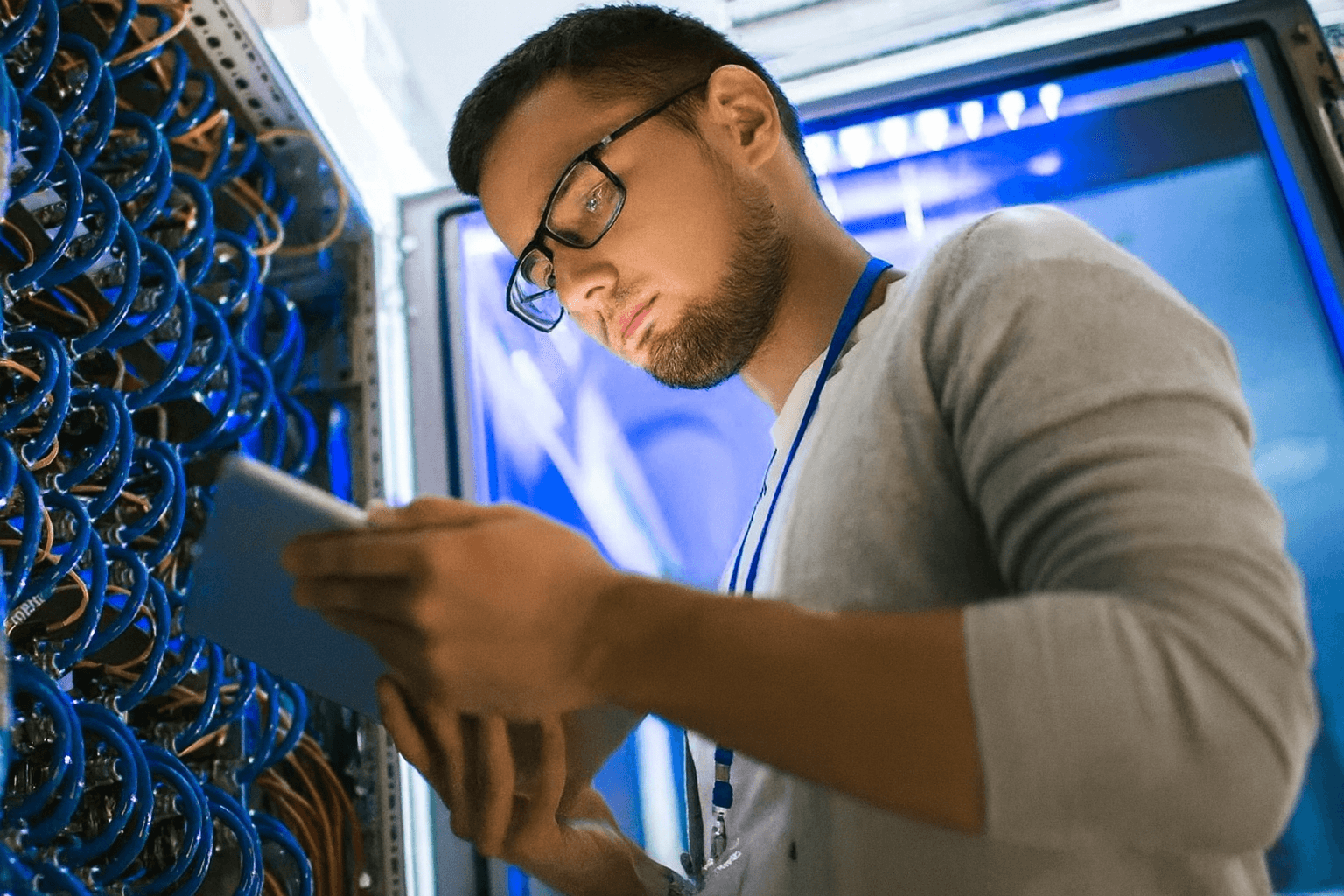The way people move from one place to another has changed dramatically with the rise of on demand travel and transportation access services. Instead of being restricted to rigid schedules or fixed routes, passengers can now choose when and how they travel. This shift is not just about convenience, it reflects how technology, consumer expectations, and service networks are shaping modern travel.
Today’s travelers expect services that are fast, connected, and easy to use. Options such as ride-hailing, shared shuttles, microtransit, and last-mile transport have become essential in many cities. Even in suburban and rural areas, flexible transportation services are filling gaps left by traditional public transit.
The focus is now on making transportation access more adaptable and efficient. This means creating systems where vehicles, service networks, and digital platforms work together to give passengers the best experience possible. Whether the setting is a crowded city or a quiet small town, the goal is the same: provide access to travel whenever it is needed, without unnecessary delays.
Technology and Service Networks Working Together
On demand travel success depends on strong service networks supported by modern technology. Without reliable roads, pickup points, and connected transit hubs, technology cannot reach its full potential. In the same way, without smart technology, even the best-designed networks can underperform.
Tools such as GPS tracking, route prediction, and automated dispatch help match passengers to the most suitable transport options. These tools can also adjust routes in real time to avoid traffic, save time, and improve reliability. A busy train station during evening rush hour, for example, can be served more effectively if vehicles are positioned in advance based on predicted demand.
Digital payment systems and unified booking platforms make travel smoother for passengers. In a single app, someone can book a shuttle, a train ticket, and a last-mile e-scooter without having to pay multiple times or switch between different services. Achieving this requires cooperation between public agencies, private companies, and technology developers to ensure systems work well together.
When technology and service networks align, passengers benefit from faster service, fewer delays, and a more connected travel experience.
Passenger Experience as the Core Priority
The real test of any transportation service is the passenger experience. Even with advanced tools and services, if riders find the process confusing, unreliable, or uncomfortable, they will look for alternatives.
Accessibility must be built into the service from the start. That means having wheelchair-friendly vehicles, clear signage, and voice-enabled booking for those with visual challenges. Elderly passengers benefit from simplified navigation, while digital instructions and updates help guide all riders through their journeys.
Reliability is equally important. Passengers need to know when their ride will arrive and be updated about any changes. Real-time notifications reduce frustration and help riders plan around delays. Clear explanations of service issues also build trust.
Safety is another factor passengers value. Clean vehicles, background-checked drivers, and easy-to-use emergency contact options are essential. Contactless payment adds an extra layer of reassurance by reducing physical contact during transactions.
When passengers feel respected, informed, and safe, they are more likely to use the service again and recommend it to others.
How Can Cities Balance Speed and Environmental Care
Large cities face the challenge of providing fast transportation without harming the environment. High numbers of dispatched vehicles may reduce waiting times but can also add to congestion and air pollution.
Shared rides are one of the most effective solutions. By grouping passengers going in the same direction, the number of vehicles on the road is reduced while still meeting demand. Modern pooling systems can arrange these rides with minimal delays.
Switching to electric or hybrid vehicles is another step forward. These reduce emissions and help improve air quality while keeping service levels high. The success of this approach depends on having enough charging stations to keep vehicles in service without long breaks.
Some cities also use special travel lanes for shuttles and other on demand services, which helps keep them moving quickly while easing pressure on general traffic lanes.
Finding the right balance requires planning that meets both the speed expectations of passengers and the environmental needs of the community.
Data and Predictive Service Planning
Accurate data is essential for improving transportation access. Real-time information helps services respond to current demand, while past trends can guide future planning.
Artificial intelligence can make predictions by factoring in weather, local events, and seasonal travel patterns. If an entertainment district is known to attract crowds every Friday evening, services can be prepared ahead of time.
Data analysis can also highlight areas that lack adequate transport options. Expanding services to these locations ensures fair access across the region. At the same time, strict privacy rules must be followed, and passengers must know their information is handled responsibly.
When private companies and public transit agencies share relevant data, it creates a stronger network where different services can connect more effectively. This cooperation can improve coverage, reduce wait times, and make transportation more reliable for everyone.
 Regional Travel Access and Local Solutions
Regional Travel Access and Local Solutions
In smaller towns and rural regions, transportation challenges require a different approach than in urban centers. Lower population density and longer travel distances mean that fixed schedules often lead to empty vehicles and wasted resources.
Demand-based travel is a practical solution. Vehicles are sent only when needed, and routes can be adjusted throughout the day. This keeps costs lower while still meeting passenger needs.
Some services combine passenger transport with deliveries, making better use of available trips. This can be especially helpful in areas with limited public transport funding.
Community outreach is key, residents must understand how to use the service, where it operates, and its benefits. Without awareness, even the best services can remain underused.
In certain cases, partnerships with companies such as BPOManila can help provide customer support, service monitoring, and system management, ensuring that regional transport remains reliable and user-friendly.
Shaping the Next Chapter of Travel Access
The progress being made in on demand travel and transportation access is ongoing. As technology improves and passenger expectations rise, services must continue to adapt.
The goal is to create travel systems that are flexible, connected, and focused on meeting passenger needs without causing harm to the environment. This includes encouraging shared travel, adopting cleaner vehicle options, and using data to make smart service decisions.
Public and private transport will likely blend even more in the future, giving passengers seamless choices that match their schedules, budgets, and comfort preferences. By focusing on improvement and passenger satisfaction, communities can ensure that travel access works well for everyone, today and in the years ahead.
Move Forward with Better Travel Access
If your organization is ready to take transportation access to the next level, the time to start is now. By using real-time information, smarter service planning, and a passenger-first approach, you can deliver travel services that meet modern needs and set a higher standard for the future.

